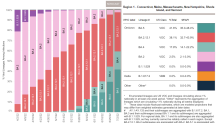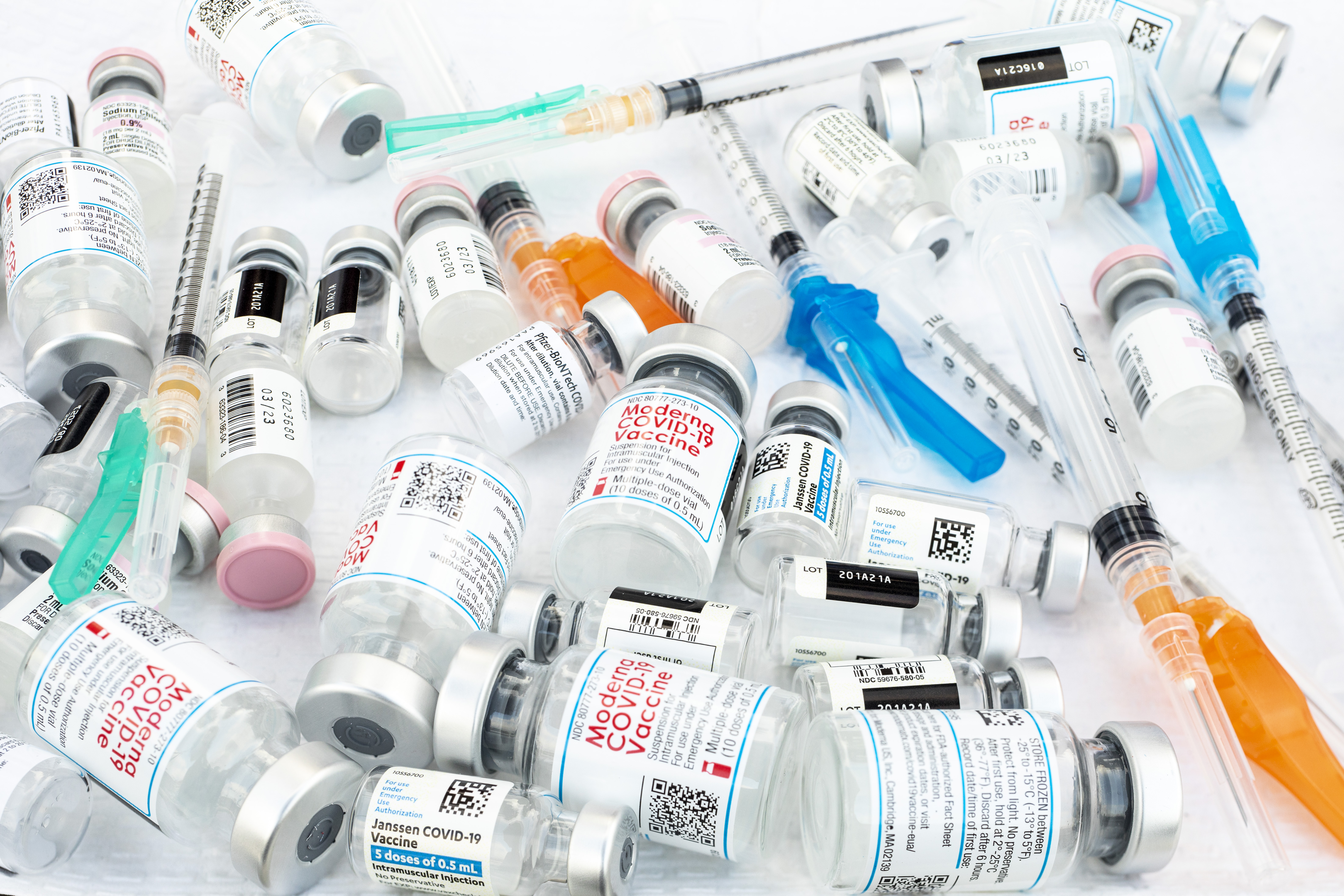
Two new highly-contagious omicron subvariants now account over half of all COVID-19 cases in New England, according to an update from the U.S. Centers for Disease Control and Prevention Tuesday.
The BA.5 variant is now responsible for 41.6% of the region's cases, followed by BA.2.12.1 at 38.1%, BA.4 at 17.8% and BA.2 at 2.5%.
Until last month, BA.4 and BA.5 hadn't made major inroads in the U.S., but that has changed dramatically in recent weeks.
The latest data shows the two new subvariants have begun to spread rapidly, rising from 24% to 59% of all cases in New England in the last two weeks alone. Nationally, BA.4 and BA.5 cases make up over 70% of COVID-19 cases, up 18% from the previous week.
Get Connecticut local news, weather forecasts and entertainment stories to your inbox. Sign up for NBC Connecticut newsletters.
Doctors have warned in recent weeks that BA.4 and BA.5 could result in another outbreak here in the near future. Cases are rising in places like the U.K. and China, prompting some to consider a new round of lockdowns or mask mandates.

Three top Boston doctors spoke about what the rise of these subvariants means for New England and whether residents should be concerned during a "COVID Q&A" discussion with NBC10 Boston last week.
"I think we're gonna have to see," said Dr. Daniel Kuritzkes, chief of infectious disease at Brigham and Women's Hospital. "We've seen this situation in the past -- particularly when delta, beta and gamma were around -- where we're seeing an increasing proportion of a smaller or stable number of cases. It's not clear that BA.4 and BA.5 are yet fueling another surge. They seem to be replacing BA.2, which is really now the BA2.12.1. But of the cases sequenced recently in Massachusetts, it's those three... So whether there will now be a major surge because of BA.4 and 5 is very hard to say."
"I agree with everything Dr. Kuritzkes said," Dr. Benjamin Linas of Boston Medical Center added. "I would just point out that BA.4 and 5 certainly are going to drive some of our epidemiology, and it's important to understand that at the same time, when we focus only on the virus, I think it's easy to forget that that's only part of the equation and our choices, again, around policy, around mitigation behaviors are also part of that equation. And so I just think it's important that we're making those choices and we don't externalize the entire thing as if it's only driven by the virus, because it's a complex equation."
"I've just been watching the FDA advisory committee meeting for the last two hours and there's a meeting today to decide what to do about boosters in the fall, what the configuration should be, what the plan should be, and there are a lot of people trying to make predictions about the near future and the fall, and those predictions are all over the place," Dr. Shira Doron of Tufts Medical Center said. "It is just impossible to figure out what's going to happen given the large number of variables that go into whether you see a surge in cases, hospitalizations and deaths or not at a given moment in time."
Doron and Kuritzkes also pointed out that most people at this point are highly vaccinated and might have already had COVID, which confers at least some cross-immunity. So that could help prevent a large spike.
"All of those things go into the mix of exactly what's going to happen over the next several weeks to a month," Kuritzkes said.



